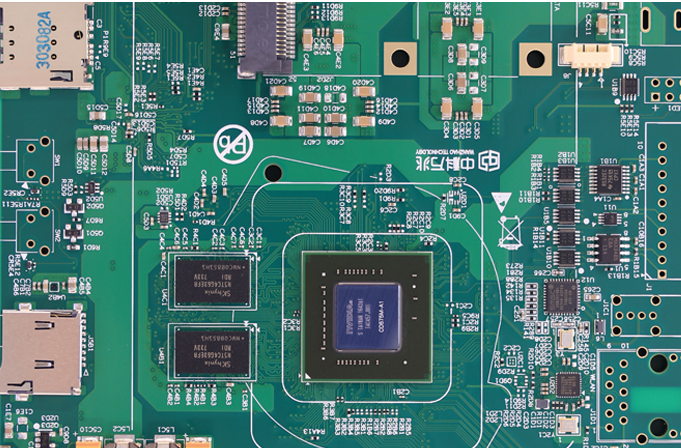As the functions of PCB products become more and more complex, the performance is higher and higher, the density of printed circuit boards and the frequency of related equipment continue to increase, engineers are facing more and more challenges in high-density PCB design.
In addition to the well-known signal integrity (SI) issues, the next hot spot in high-speed PCB technology should be power integrity (PI), EMC/EMI and thermal analysis.
Moreover, with the increasingly fierce competition, PCB manufacturers are facing the pressure of product time. How to use advanced EDA tools and optimization methods and processes to complete the design with high quality and efficiency has become the system manufacturer and design engineer have to face Right question.
Hot spot: Converting from signal integrity to power integrity In terms of high-speed design, people first consider the issue of signal integrity. Signal integrity mainly refers to the quality of the signal transmitted on the signal line. When the signal in the circuit can reach the pins of the receiving chip with the required time sequence, duration and voltage amplitude, the circuit has good signal integrity. When the signal cannot respond normally or the signal quality cannot make the system work stably for a long time, signal integrity problems will occur.

Signal integrity is mainly reflected in delay, reflection, crosstalk, timing, oscillation, etc. and many more. It is generally believed that when the system works at 50MHz, signal integrity problems will occur, and as the frequency of the system and equipment continues to rise, the signal integrity problems become more and more prominent.
Component and PCB board parameters, components on the PCB board layout, high-speed signal wiring and other issues can cause signal integrity problems, resulting in unstable system operation, or even failure to work properly. After decades of signal integrity technology development, its theory and analysis methods have become more mature. Regarding signal integrity issues, signal integrity is not a one-person problem, it involves all aspects of the design chain, not only system design engineers, hardware engineers, PCB engineers, and even manufacturing cannot be ignored.
In order to solve the signal integrity problem, it is necessary to use advanced simulation tools. Power Integrity is a relatively new technology with respect to signal integrity, and it is considered to be one of the biggest challenges in today's high-speed, high-density PCB design. Power integrity means that in high-speed systems, the power transmission system (PDS power transmission system) has different impedance characteristics at different frequencies, so the voltage between the circuit board and the layers on the PCB varies from circuit board to circuit board. This leads to power discontinuity, power supply noise, the chip can not work normally, and due to high-frequency radiation, power integrity issues will also bring EMC / EMI problems.
In this case, the power integrity problem can only be solved by optimizing the layer spacing design of the circuit board, as well as PCB layout or other methods to reduce power and ground noise (such as proper matching to reduce reflection problems). (Power Transmission System), while suppressing EMC/EMI. Regarding the relationship between signal integrity and power integrity, “signal integrity is a concept in the time domain. A better understanding is that power integrity is a concept in the frequency domain. The difficulty is greater than that of signal integrity. Integrity is similar to there. "Power integrity requires engineers to have higher skills and is a new challenge for high-speed design. It involves not only the board level, but also the chip and package level. It is recommended that engineers engaged in high-speed circuit board design perform power integrity on the basis of solving signal integrity.
"Soft" your design by simulation Simulation is a test of a virtual prototype, which considers all aspects of the problem.
As PCB designs become more and more complex, it is impossible for engineers to implement each solution, and at this time they can only be judged by using advanced simulations rather than experiments. In today's system design, in addition to facing the challenges brought by high-speed and high-density circuit boards, the rapid introduction of product pressure also makes simulation an indispensable means of system design.